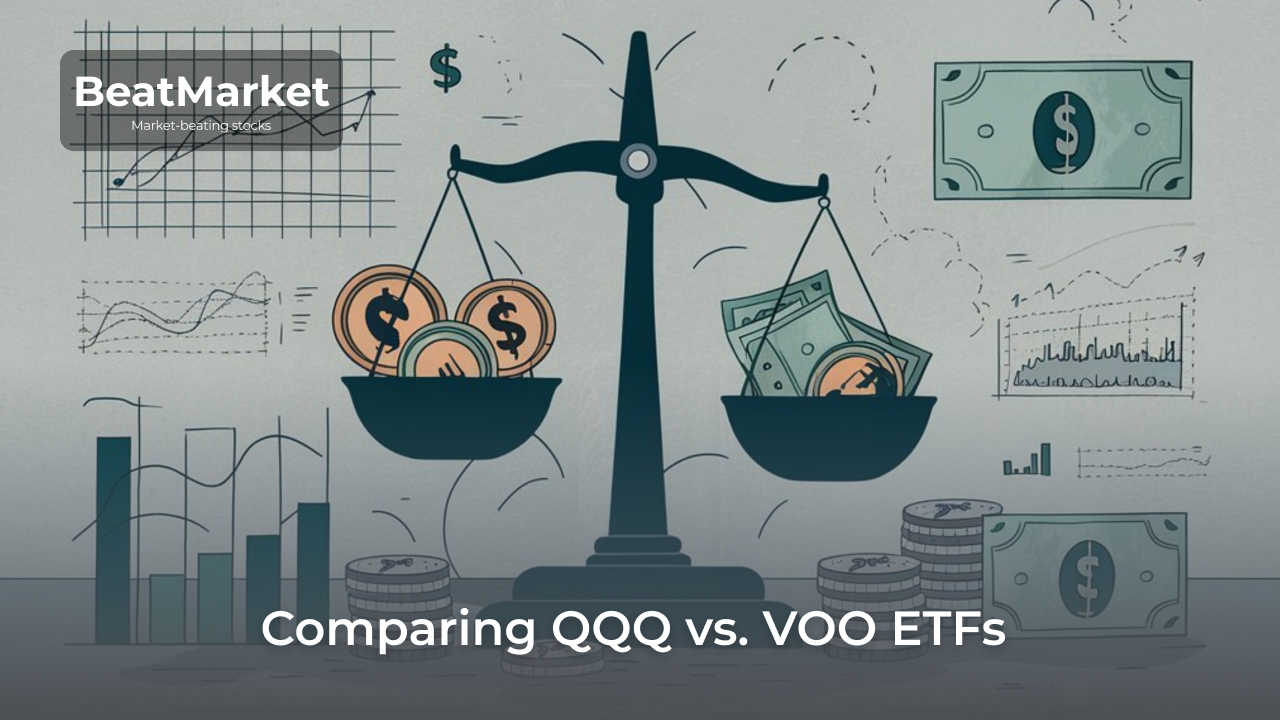Any company has people who have an impact on the company’s decisions and development and who are extremely interested in the company’s performance. However, the interests of the people are not the same. Shareholders and stakeholders represent two groups that play crucial roles in a company. But what is the difference between them and what do they do in a company?
Let’s find out what is the difference between shareholders and stakeholders.
Table of Contents
Key Takeaways
The terms shareholder and stakeholder sometimes overlap that makes it complicated to differentiate. However, there are some distinctive features allowing us to distinguish the terms.
A shareholder is someone who bought shares in a company, while a stakeholder is someone who is firmly connected with the activity of the company. In this article you will learn more key differences between shareholders and stakeholders. And we will also consider why there is a debate among businesses on which theory — a shareholder theory or stakeholder theory — should be taken into account while building your own business environment.
Shareholder Role Understanding
A shareholder (or otherwise a stockholder) is a person or an organization that owns at least one share in a company issuing stocks. A shareholder can also have a share in a mutual fund spreading pooled money of investors.
If an issuer succeeds and wants to reward its shareholders, it can pay dividends from the company’s retained earnings. However, sometimes declared dividends are canceled or cut, which has an impact on investors’ yields.
In addition to expected profit, investors get the right to vote when they buy shares of a company. Moreover, they can be elected on the board of directors.
Shareholders can claim for a portion of money if the company is liquidated.
Shareholders are responsible to decide who gets an appointment or will be removed from the board of directors. They can also determine directors’ salaries. Shareholders are empowered to make approvals of the financial statements.
What are the 2 types of shareholders?
Mostly shareholders are subdivided into two categories:
- equity shareholders (common shareholders);
- preference shareholders.
The key difference is in their type of ownership and their rights.
The first type of shareholders called equity shareholders refers to people owing the company and having rights to vote in proportion to the number of shares. Equity shareholders may express disagreement with a company decision. If the majority do this, the company reconsiders its decision.
The only disadvantage of being an equity shareholder is that you will be paid at the end both dividends and liquidation value after unwinding of a company. If everything is clear with dividend payments, then how do we calculate liquidation value that shareholders will get after all? It equals net asset value i.e. an amount of the assets sold minus company’s debts.
And one more benefit of being an equity shareholder is the right to participate in buybacks.
The second type of shareholders involves holders of preferred stock who do not possess any voting rights and power to impact company decisions. However, equity shareholders get dividends only after preference shareholders. In the case of unwinding of any company, consequences of payments will be held as following: to debenture holders, preference shareholders and only then to equity shareholders.
Stakeholder Role Understanding
A stakeholder is a person, group or organization that has a vested interest in the company, its development and projects. Stakeholders can have both a direct or indirect influence on business management of the company and be involved in:
- decision making process
- growth facilitation
- business activity control
Stakeholders of the company make major decisions, set goals, create strategies and ensure regulations and laws execution. Everyone who has a stake contributes not only capital but also their initiatives and perception of the future development according to the changing market conditions. Stakeholders may create a referendum to identify a final solution helping to avoid risks. If a stakeholder is represented by the government (as an external stakeholder), it can offer tax incentives in order to promote growth.
Below you can observe several types of stakeholders:
- customers;
- employees;
- owners;
- investors;
- creditors;
- suppliers;
- communities;
- governments.
Depending on the type of supplier a company may get various benefits profiting its development.
Differences Between Shareholders and Stakeholders
A stakeholder is someone who has a financial interest in the business of the company. A stakeholder either affect or is affected by the company, but may have no stock in it. A shareholder has voting rights owing to the fact of ownership of the company through acquired stocks.
Within the context of a shareholder and stakeholder, a term corporate social responsibility exists, which appeared rather due to the well-known shareholder and stakeholder theories that will be considered later.
Long term interests of shareholders and stakeholders have personal impact either as they deal with the effects of an organization’s actions, decisions, or policies. However, the key difference between considered notions is not only an ability to sell stock. There is also conceptual difference, timelines, company ownership and priorities of each type.
Conceptual difference
Time to time the terms a stakeholder and a shareholder can be used interchangeably, because an equity shareholder is always a stakeholder, always has rights to vote in projects, and is impacted by the company’s projects. The last is equal and for a stakeholder. But in many cases the notion of a stakeholder is much broader and includes people beyond the company, not involved in its activity directly.
Timelines
The vast majority of shareholders focus on short-term relationships with a certain company, while stakeholders aim to maintain their relationship in the long run. Nevertheless, both realise the necessity of a company’s viability in the future that leads to the best financial performance.
Company ownership
If shareholders are partial owners depending on the number of shares in the company, a stakeholder may have or may have no ownership at all. In business stakeholders are frequently subdivided into internal and external stakeholders. The internal stakeholders may include investors, owners, directors and other parties while external or secondary stakeholders relate to customers, suppliers, government agencies, creditors etc.
Priorities
When stakeholders buy shares and become shareholders of the company, they get all the dividend rights provided by the fact of their membership and participation in the stock investment process.
The consequence of dividend payments remains the same: debenture holders, preferred shareholders, and equity shareholders.
Shareholder theory vs. stakeholder theory
Stakeholders are corporate socially responsible for the environment they create making their business decisions whereas the only concern of shareholders is to maximize shareholder returns for the good of the firm and its shareholders.
The first person who created the shareholder’s theory in 1970 was Milton Freidman.
Shareholder theory
The key matter of Friedman doctrine, otherwise called shareholder theory, is that firms must bring benefits only to shareholders who exist at the backbone of the business mechanism. Apparently, that point of view was criticized multiple times. As the result of disagreement another theory appeared.
Stakeholder theory
A stakeholder theory vice versa is all about business ethics. It encourages businesses to be socially responsible and appeals to ethical duties of corporations that should become priorities over financial returns.
According to the stakeholder theory all the parties having interest, i.e. stakeholders, ought to care about social environment surrounding entity, because management of the company should follow business ethics and moral, legal, financial and economic values. Thus, interconnected relationships between a business and a society are an integral part of entrepreneurship.
Stakeholder and Shareholder in CRS Companies
CRS Companies are aware of necessity to take into account internal (shareholders; executives/managers; employees; trade unions) and external (NGOS; governments; customers; local communities; business partners; suppliers) stakeholders. Approach targeting corporate social responsibility seeks to be inclusive and integrates methods suitable for all the stakeholders the company works with.
CRS Companies develop strategies including several stages:
- identifying stakeholders
- creating CRS policy
- visualization of sustainable commitments and objectives
- extensive research and strategy co-building with stakeholders
When a company wants to imbed a CSR initiative it usually designs a stakeholder map reflecting all the company’s stakeholders and their future expectations. After that all the economic, environmental and social commitments should be ranked according to the established CRS guidelines.
The cooperation between CRS company and its stakeholders is supposed to be transparent, with social accountability, sustainable reports and meetings allowing to discuss any corporate decisions.
The Bottom Line
Company’s performance is a great deal for both shareholders and stakeholders. However, each type seeks to follow its own objectives and contributes certain items into the company. From one side, shareholders investing money in a company’s shares and seeking to get profits are interested in the company’s success. On the other side, stakeholders participating in corporate decisions and coordinating work develop business and social environments.
FAQs
H3: What is the difference between a stakeholder and an investor?
Stakeholders have interest in a company. However, the interest is not necessarily a share in equity stock. A stakeholder as well as a shareholder may vote in a decision of a company. But in contrast to an investor a stakeholder could have not invested in it yet.
Are CEOs Stakeholders?
CEOs are stakeholders of a company as they are responsible for the company’s decisions, which are often driven by a company’s board of directors.
Shareholders vs stakeholders: who gets paid first?
As we know, a preferred shareholder gets guaranteed annual dividend payment first. Then an equity shareholder may expect to receive dividends or stock appreciation. However, as a stakeholder might be represented by multiple roles and positions in a company or outside of it, in a failing company secured creditors are paid first.
H3: Are Shareholders or Stakeholders More Important?It is a controversial question who is more important and should be prioritized. Stakeholders in many cases have a direct relationship with the company, board of directors or managers while the majority of shareholders interact with a company only voting for short-term initiatives in order to get returns from changes in stock prices. Stakeholders are considered to be more focused on the health of the company and environment among participants involved in a relationship with a company







